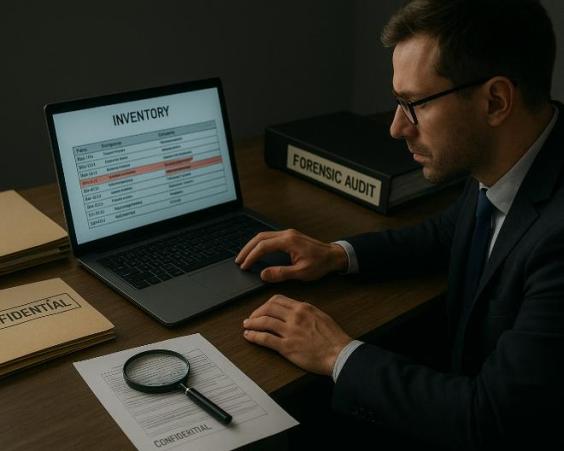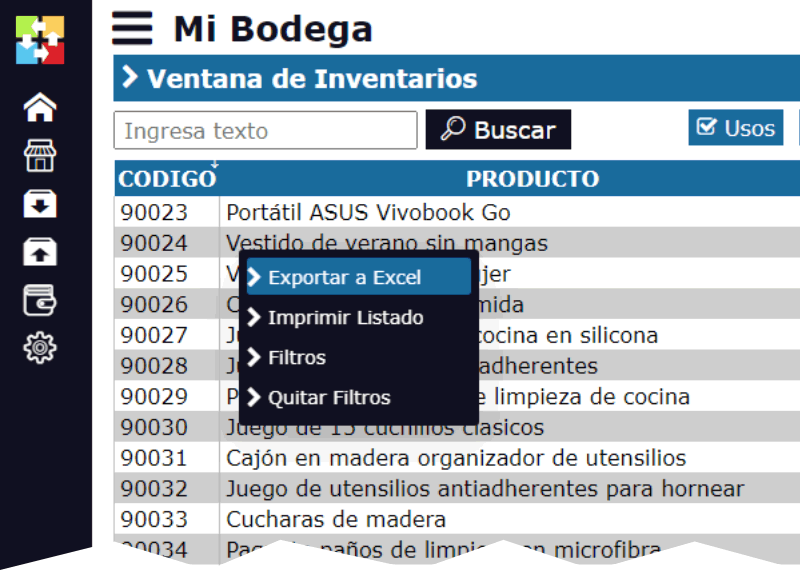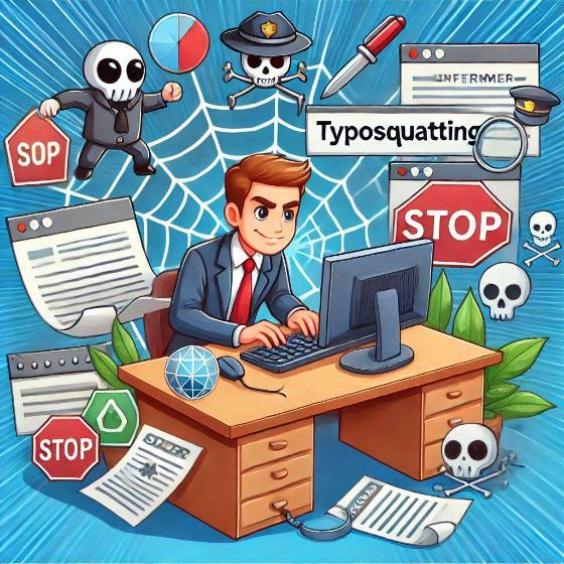Kardex and forensic audits: Detecting fraud in entry/exit records.
Kardex and Forensic Audits: Detecting Fraud in Entry/Exit Records
In the business world, inventory management and entry/exit records are essential for maintaining the integrity and transparency of operations. However, on occasion, employees or third parties may commit fraud or irregularities in these records, which can have serious consequences for the company. In this article, we will explore how Kardex and forensic audits can help detect and prevent these frauds.

What is a Kardex?
A Kardex is an inventory control and recording system used to track the movement of goods, materials, or products within a company. It is a document that records the entry and exit of items, including the date, quantity, and value of the same. The Kardex is a fundamental tool for inventory management and decision-making in a company.
What are Forensic Audits?
Forensic audits are a type of audit that focuses on detecting and preventing fraud and irregularities in a company's operations. These audits are carried out by experts in accounting and finance who use specialized techniques and tools to analyze the company's records and transactions. The objective of forensic audits is to identify any irregularity or fraud and provide evidence for taking legal or disciplinary action.
How can Fraud be Detected in Entry/Exit Records using Kardex and Forensic Audits?
Below are some ways in which Kardex and forensic audits can help detect fraud in entry/exit records:
- Analysis of Movement Patterns: The Kardex can be used to analyze the movement patterns of goods and materials within a company. Forensic audits can identify abnormal or inconsistent patterns that may indicate fraud or irregularities.
- Verification of Goods Existence: Forensic audits can verify the existence of goods and materials within the company, comparing the Kardex records with physical reality. This can help detect any discrepancies or irregularities.
- Analysis of Suspicious Transactions: Forensic audits can analyze suspicious or abnormal transactions in the Kardex, such as unauthorized goods movements or transactions that do not make sense from a commercial perspective.
- Identification of Conflicts of Interest: Forensic audits can identify conflicts of interest between employees or third parties that may be involved in fraud or irregularities in entry/exit records.
Benefits of Using Kardex and Forensic Audits to Detect Fraud
Below are some benefits of using Kardex and forensic audits to detect fraud in entry/exit records:
- Improved Record Integrity: The use of Kardex and forensic audits can help improve the integrity of entry/exit records, reducing the risk of fraud and irregularities.
- Reduced Risk of Financial Losses: Early detection of fraud and irregularities can help reduce the risk of financial losses for the company.
- Improved Transparency and Accountability: The use of Kardex and forensic audits can help improve transparency and accountability within the company, which can increase investor and customer trust.
Conclusion
In summary, Kardex and forensic audits are essential tools for detecting and preventing fraud in entry/exit records. By using these tools, companies can improve the integrity of their records, reduce the risk of financial losses, and increase transparency and accountability. It is essential that companies implement control and supervision measures to prevent fraud and irregularities in their operations.






